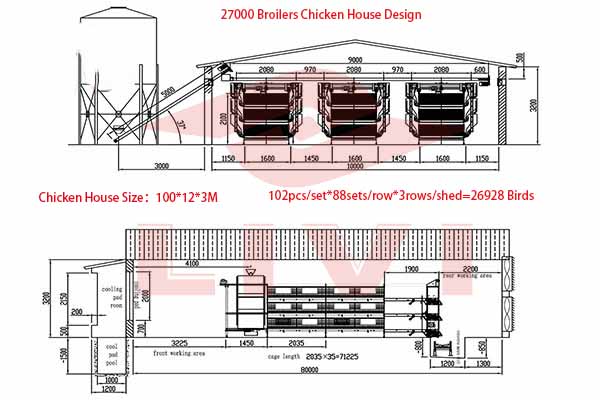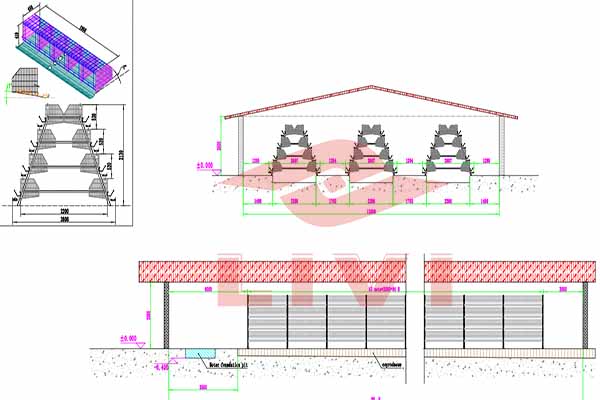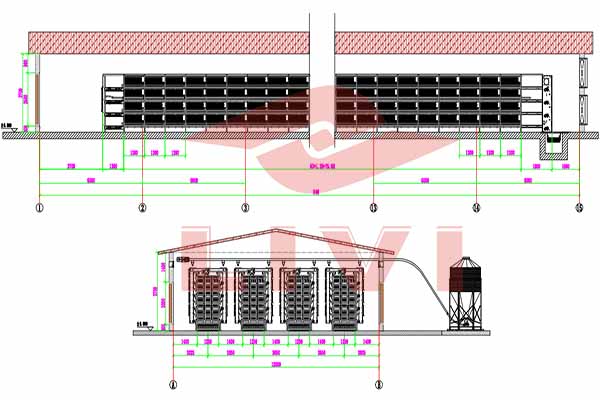Optimizing Battery Cages for 20,000 Chickens in Ghana’s Poultry Industry
Battery cages have become a staple in modern poultry farming, offering efficient space utilization and ease of management. In Ghana, where the poultry industry is rapidly growing, understanding the optimal setup for housing 20,000 chickens in battery cages is crucial. This article delves into the key considerations for maximizing productivity and animal welfare in this scenario.
Key Considerations for Battery Cages in Ghana
- Space Allocation
- Each chicken requires approximately 0.5 square feet of space in a battery cage.
- Ensure the cage height is adequate for chickens to stand and move comfortably.
- Airflow and Ventilation
- Proper ventilation is essential to maintain air quality and prevent respiratory issues.
- Install ventilation systems that can handle the required airflow for 20,000 chickens.
- Feeding and Watering Systems
- Automated feeding and watering systems can improve efficiency and reduce labor costs.
- Ensure the systems are designed to cater to the needs of 20,000 chickens.
- Health and Biosecurity
- Implement biosecurity measures to prevent disease outbreaks.
- Regularly sanitize the cages and maintain a clean environment.
According to a study by the Ghana Poultry Association, the average battery cage system in Ghana can accommodate up to 20,000 chickens. However, it is important to note that the success of such a setup depends on several factors, including the quality of the cages, the management practices, and the availability of resources.
Case Study: A Successful 20,000 Chicken Battery Cage Setup in Ghana
One of the leading poultry farms in Ghana has successfully implemented a battery cage system for 20,000 chickens. Here are some key insights from their setup:
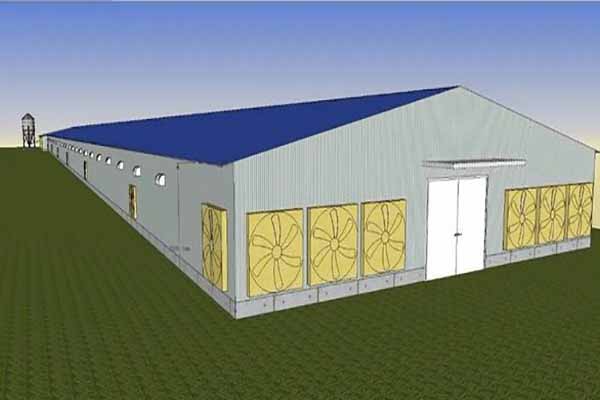
- Cage Quality: High-quality, durable cages were used to ensure long-term use and minimal maintenance.
- Automated Systems: The farm invested in automated feeding and watering systems to improve efficiency.
- Regular Maintenance: The farm maintains a strict schedule for cleaning and sanitizing the cages.
This case study highlights the 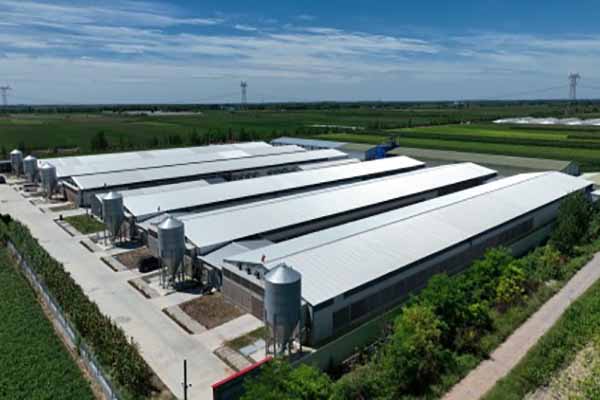 importance of a well-thought-out setup and consistent management practices for a successful battery cage operation in Ghana.
importance of a well-thought-out setup and consistent management practices for a successful battery cage operation in Ghana.
Conclusion
Optimizing battery cages for 20,000 chickens in Ghana’s poultry industry requires careful planning and execution. By considering the factors mentioned above, poultry farmers and investors can create a productive and sustainable operation. For those looking to implement a similar setup, we encourage you to leave 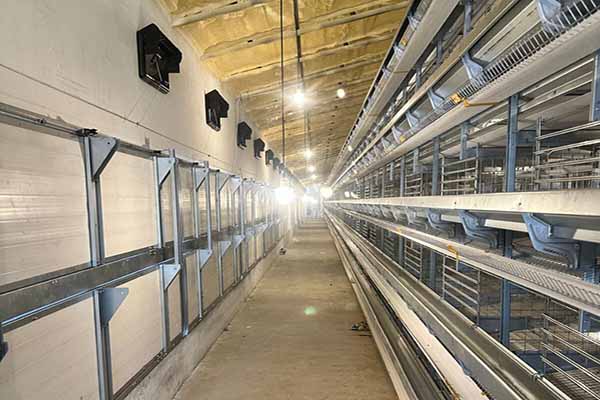 a comment below with your questions or contact us for a free chicken farming design and equipment quote from LIVI Machinery.
a comment below with your questions or contact us for a free chicken farming design and equipment quote from LIVI Machinery.


